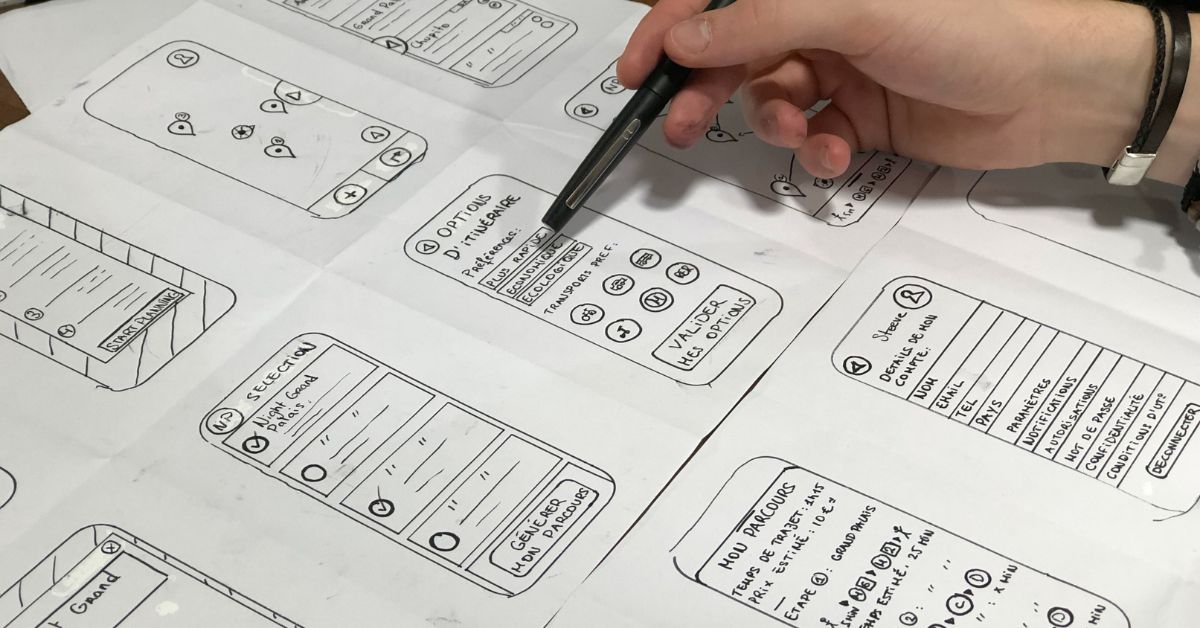Every day the internet is expanding with new sites, applications, and more. One of the most important aspects– regardless of whether it’s mobile or desktop– is the user experience and interface (UI) design. It’s how the customer or user interacts with your website or app, and it’s one of the biggest factors of a well-built site. Skillful UI design is directly correlated to creating a strong, consistent, and enjoyable user experience (UX).
In this article, we’ll explore the top UX/UI best practices that every designer needs to know.
Focus on the User
It may seem obvious, but great UI design requires you to take a user-centric approach. That means you need to conduct thorough research on your user or ideal consumer so that you can understand them better. Start by asking the following questions:
- What are your users’ goals?
- What skills do your users have? Which do they lack?
- What are your users looking for?
- What is your user demographic?
In this case, data is king. It can immensely help you figure out where you need to focus for your UX design strategy so that you can capture and hold their attention. Leverage the information you have available to gain insight and avoid creating an experience that will drive them away.
Keep it Simple
As a designer, there’s a tendency to let the creativity flow and think of ways to “reinvent the wheel.” However, you need to keep in mind that new isn’t always better.
The UI needs to be intuitive and simple to use. If they require a manual and instruction booklet to navigate your page or app, then you’re headed in the wrong direction. You don’t want the user to be overwhelmed, distracted, or confused with what’s going on. There shouldn’t be too much information in one place.
Remember, the goal is to get the user to their destination as seamlessly as possible.
Maintain Consistency
You’ll also want to keep everything consistent throughout your UI. Don’t let the desire to create something that stands out ruin the consistency of your user’s experience. This means using the same elements throughout the design– language, colors, fonts, buttons, and all other choices should focus more on cohesion as opposed to clutter.
Accessibility is Key
Accessibility is increasingly becoming more important when it comes to following UX/UI best practices. As a designer, you want as many people to be able to use your app or so. So, you need to remember that you need to remove hurdles for people with disabilities too. Thankfully, the W3C Web Accessibility Initiative (WAI) provides guidelines, practices, and tools to help web designers ensure their websites or apps are accessible.
Provide Feedback
The design should give the user feedback about what they’re doing and what is happening with the page. As an example, if the user clicks on a link, the page should respond in a way so they understand that the page has received their request. The link could change color or there could be a pop-up. Regardless, feedback is pivotal so that the user has the best experience possible.
Takeaway
A high-quality user experience is an essential piece to any website. Implementing the best practices in this article will help you better connect with and guide your users towards the end goal, whether that be a sale, appointment, or download. If you would like to keep reading more about topics like this, check out our full blog.
